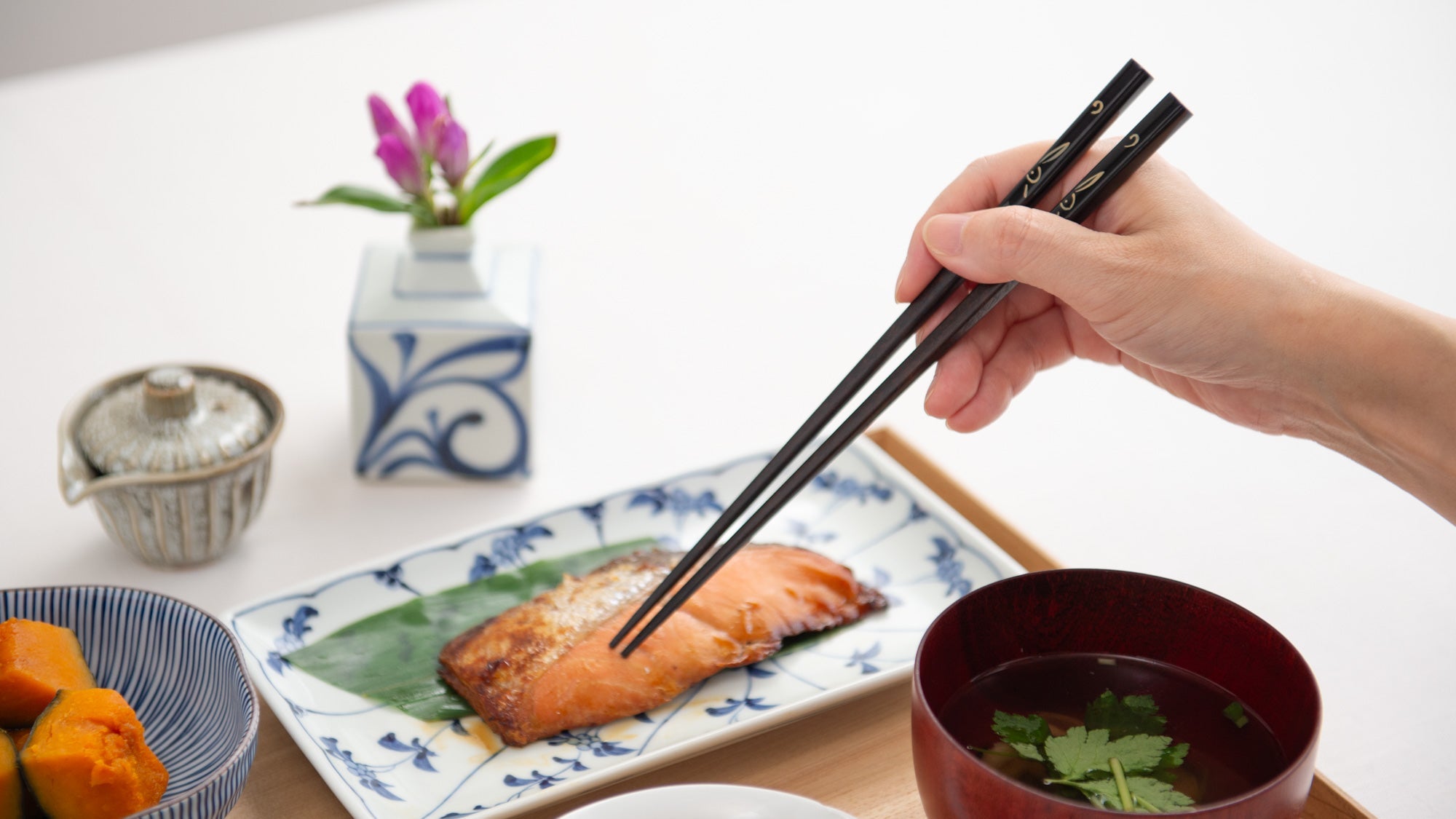
Mastering Chopstick Etiquette: Tips for Using Japanese Chopsticks
Ecrit par Team MUSUBI
Chopsticks are an essential part of Japanese cuisine. They originated in ancient China and were reportedly introduced to Japan during the Yayoi period (ca. 3rd century BCE–mid-3rd century CE). Initially, they were used as ritual tools for offering food to the gods. Over time, chopsticks gradually became part of everyday life, and over the course of more than a thousand years, Japan developed its unique culture of eating with chopsticks. Today, as Japanese cuisine gains worldwide popularity, interest in Japanese chopstick culture and chopstick etiquette is also growing.
There are several rules of etiquette when it comes to using chopsticks. Learning these manners not only helps you appreciate the traditions passed down through generations but also shows respect to those with whom you share a meal.
Whether you want to experience a part of Japanese culture at home or prepare for a trip to Japan, let’s explore proper table manners when using chopsticks.

Table of contents
Dos: Proper Ways to Use Chopsticks
Here are some key points on how to properly use chopsticks. First, let’s look at how to hold, place, and pass chopsticks. Using chopsticks gracefully will make your dining manners look more elegant.
How to Hold Chopsticks

For a detailed guide on how to hold chopsticks correctly, please see How to Use Chopsticks: Easy Steps for Beginners. When picking up food, aim to bring the tips of the upper and lower chopsticks together neatly. This creates a polished and polite look.
How to Put Down Chopsticks When Done Eating

When you have finished your meal, if there is any food residue on the tips of the chopsticks, it is polite to gently clean them against the rim of a dish first. If a chopstick rest is provided, support from below the ends closer to the tips with your non-dominant hand. Then bring your dominant hand around to grasp the handle from above and place the chopsticks neatly on the rest. Make sure the tips that touch your mouth do not come into direct contact with the rest—leave about 3 cm (1.2 in) protruding beyond it for hygiene.
Placing chopsticks across bowls or plates when no chopstick rest is available is considered poor table manners. Instead, place them on the paper sleeve they came in, or on a small plate or napkin if one is available.
How to Pass Chopsticks

When passing chopsticks to someone, it is polite to offer them by the handles rather than the tips used for eating, and hold them with both hands when handing them to the other person.
Extra Tip: How to Split Disposable Chopsticks

Disposable bamboo chopsticks are commonly used in Japanese restaurants. To split them, hold the chopsticks horizontally with both hands, then pull them apart vertically, one up and one down, with a firm motion. As you do, avoid pulling them sideways or twisting them, as this can cause them to drop splinters or break unevenly.
If any rough edges remain, do not rub the chopsticks together over the table—this can be considered bad manners. Remove the splintered fragments with your fingers instead.
Don'ts: Improper Ways to Use Chopsticks
Next, let’s look at improper ways of using chopsticks. Many of these originate from associations with Buddhist funeral customs or from considerations of hygiene and etiquette when dining with others.
Sticking Chopsticks Vertically
Standing chopsticks upright in a bowl of rice resembles the way rice is offered to the deceased in Buddhist funerals. It is considered an ill omen in daily life.

Passing Food Chopstick-to-Chopstick
Transferring food directly from your chopsticks to someone else’s is reminiscent of the post-cremation ritual of using chopsticks to pick up bones and transfer them to the funerary urn. It is highly inappropriate at the dining table.

Licking or Chewing on Chopsticks
Licking food off chopsticks or chewing on them is considered unhygienic and unsightly, especially when sharing a meal with others. Wipe off any excess sauce or liquid on the edge of the plate before bringing food to your mouth.

Pulling on Dishes with Chopsticks
Using chopsticks to drag dishes toward you can damage the table or cause spills, and is considered bad manners. Place your chopsticks down and pick up the dish with your hands, or ask someone nearby to pass it to you.

Stabbing Food with Chopsticks
Piercing food with chopsticks as if they were skewers is not the correct way to use them. If a piece of food is too large, cut it into smaller pieces before picking up each piece properly with your chopsticks.

Pointing with Chopsticks
Pointing at people or objects with chopsticks can appear aggressive and rude. Because it’s easy to do unconsciously, be mindful of this habit.

Searching Through Food with Chopsticks
Sifting through a dish to find specific food items is disrespectful to both the host and the chef. Appreciate the visual beauty of the food’s presentation and avoid disturbing it.

Hovering over Dishes with Chopsticks
Hovering your chopsticks over various dishes while hesitating on what food to take can make you appear indecisive and unsanitary to your dining partners. Decide what to take before moving your chopsticks to keep the dining experience smooth and pleasant.

Conclusion: Enjoying Japanese Dining with Grace
Learning chopstick etiquette is not only about understanding Japanese culture but also about showing respect to those with whom you share a meal. It may feel a bit overwhelming at first, but as long as you have the willingness to learn, small mistakes are nothing to worry about. Even Japanese people sometimes get it wrong.
Etiquette is not meant to be a set of rigid rules but rather guidelines to make dining more comfortable and enjoyable. Once you know the basics, you can approach meals with confidence and find even more joy in selecting your favorite pair of chopsticks.
At MUSUBI KILN, we offer a wide range of chopsticks in different colors and designs to make choosing your own pair fun and inspiring.
As you gradually learn chopstick etiquette, why not choose your favorite chopsticks and experience Japan’s unique dining culture for yourself?



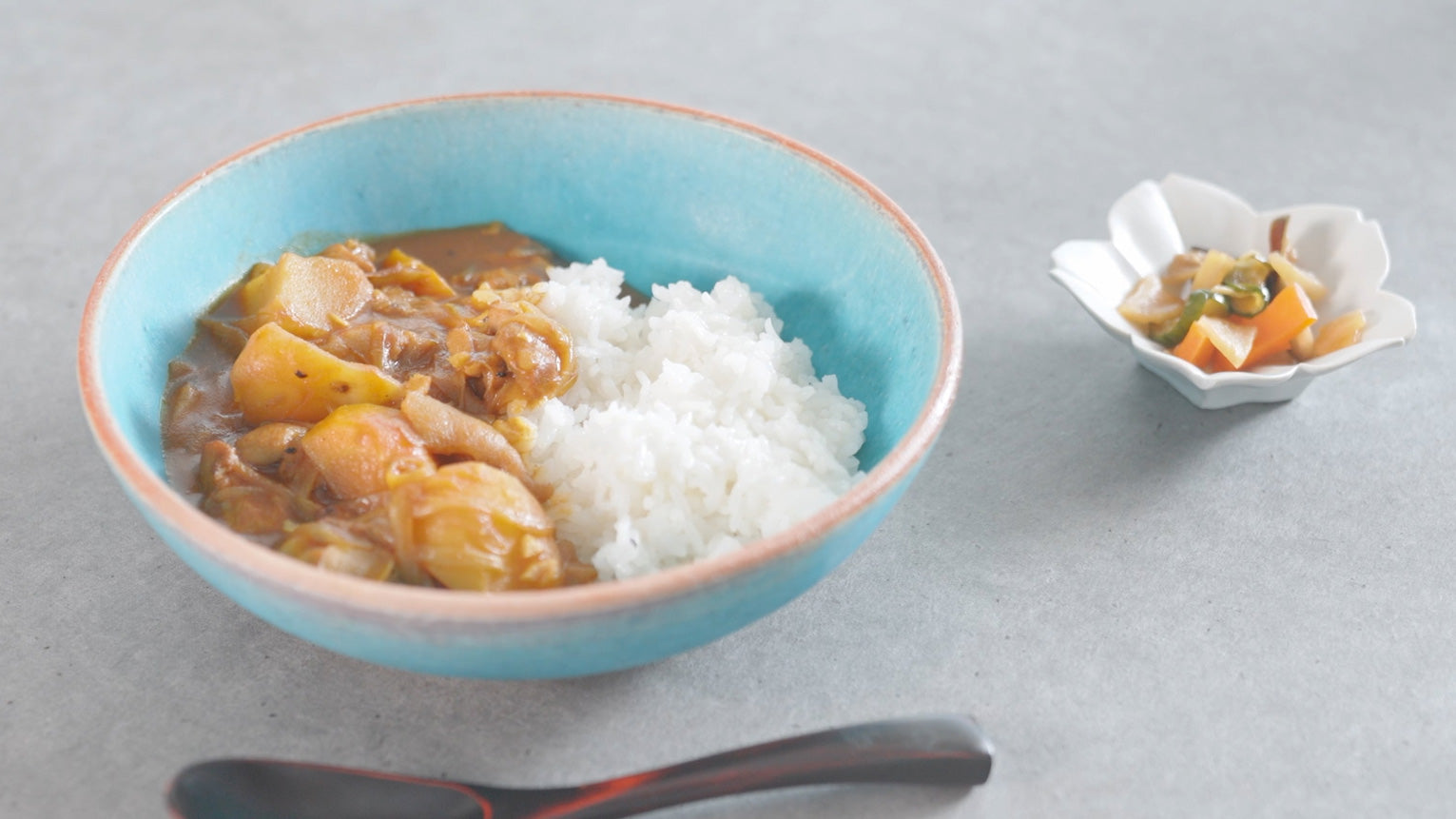
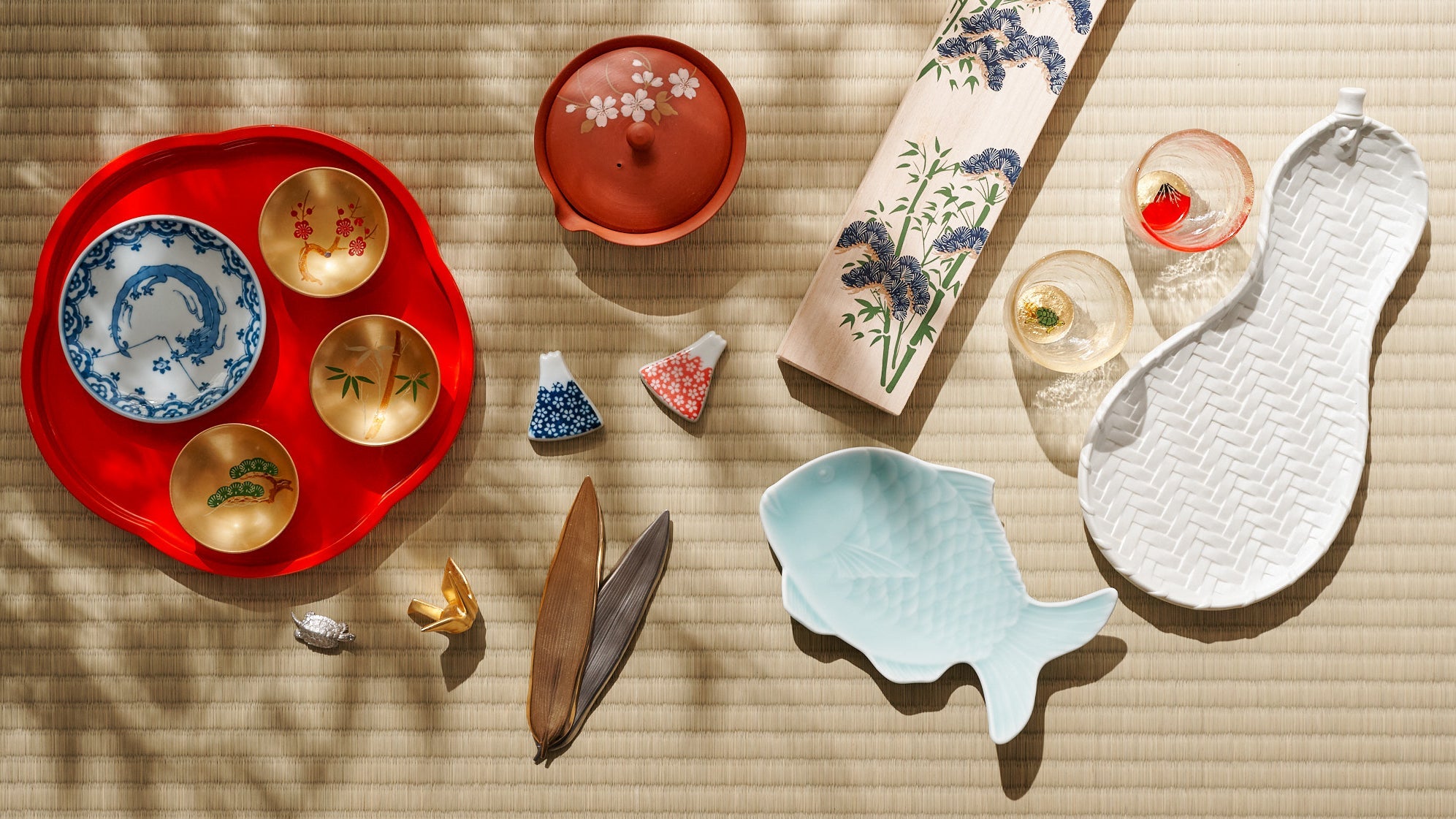

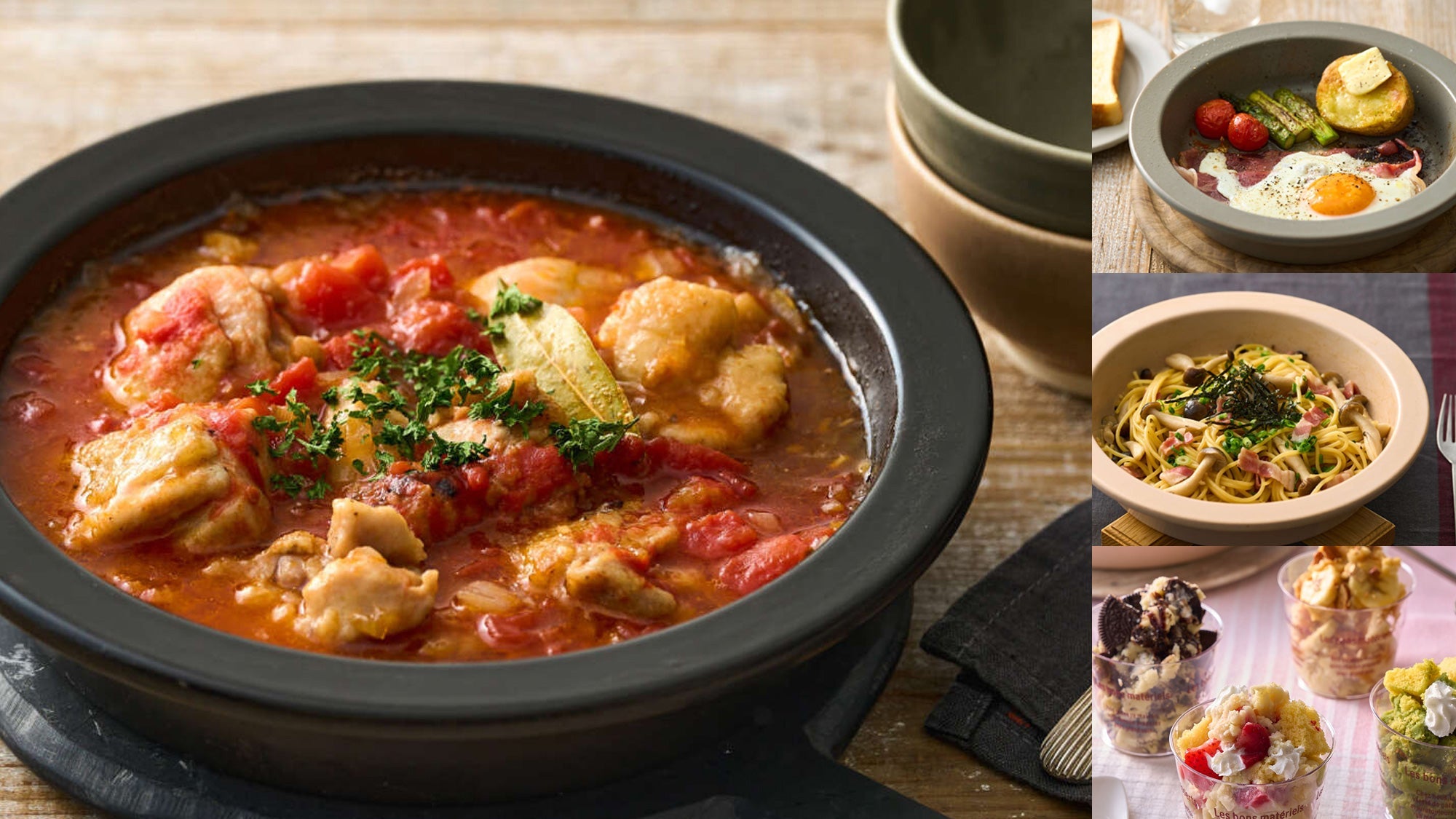
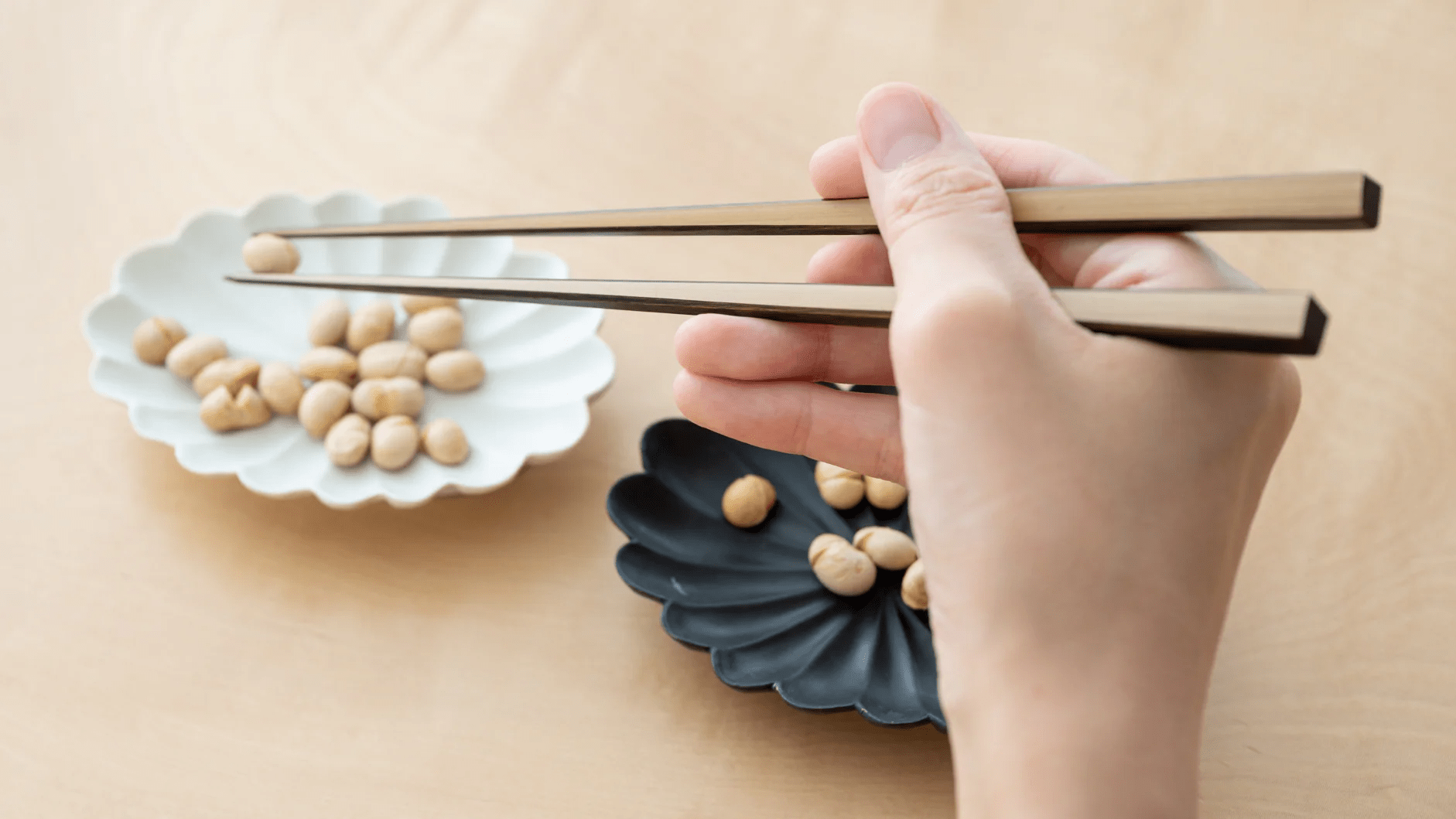
4 commentaires
@Kristin Yes, that is true! A separate chopsticks is prepared most of the time for a communal dish, but when we do not have separate chopsticks prepared, we take the opposite side of its chopsticks (wider parts) for it. It is so common for us that I have never thought of this as unusual etiquette! Thank you very much for bringing it up and sharing it with us!
Team Musubi
@Chris Thank you for your kind comment! We are very happy to know that you enjoyed our journal. I am Japanese, but the journal reminds me how to use chopsticks correctly, too!
Team Musubi
I was taught by a friend who spent many years in Japan, that when serving or sharing food to someone else’s dish and if there are only the personal use pairs of chopsticks available, that one reverses the chopsticks and uses the clean wide ends to serve – it’s not ideal but avoids touching a communal dish or a portion shared with the end of the hashi your mouth has touched.
Kristin Leavitt
Another excellent article. Thank you.
Chris
Laisser un commentaire
Ce site est protégé par hCaptcha, et la Politique de confidentialité et les Conditions de service de hCaptcha s’appliquent.